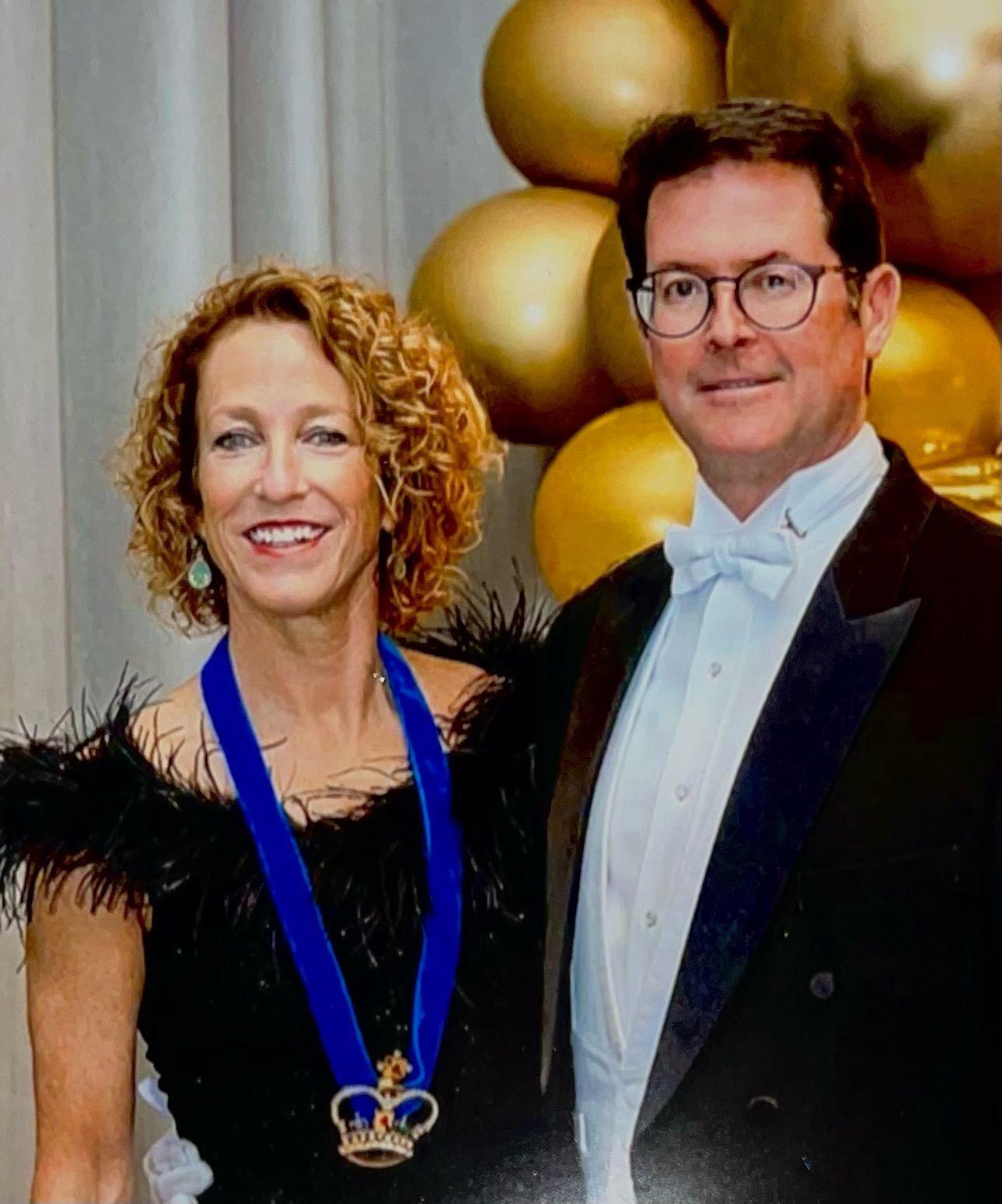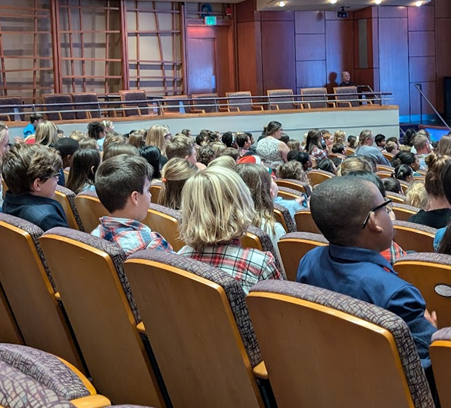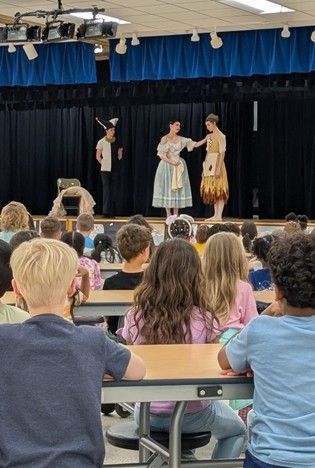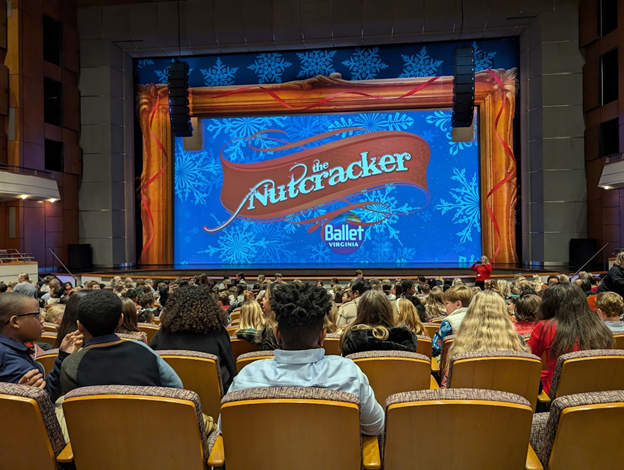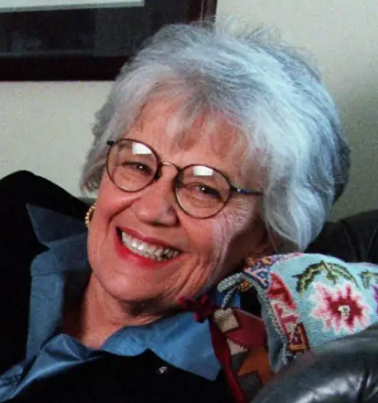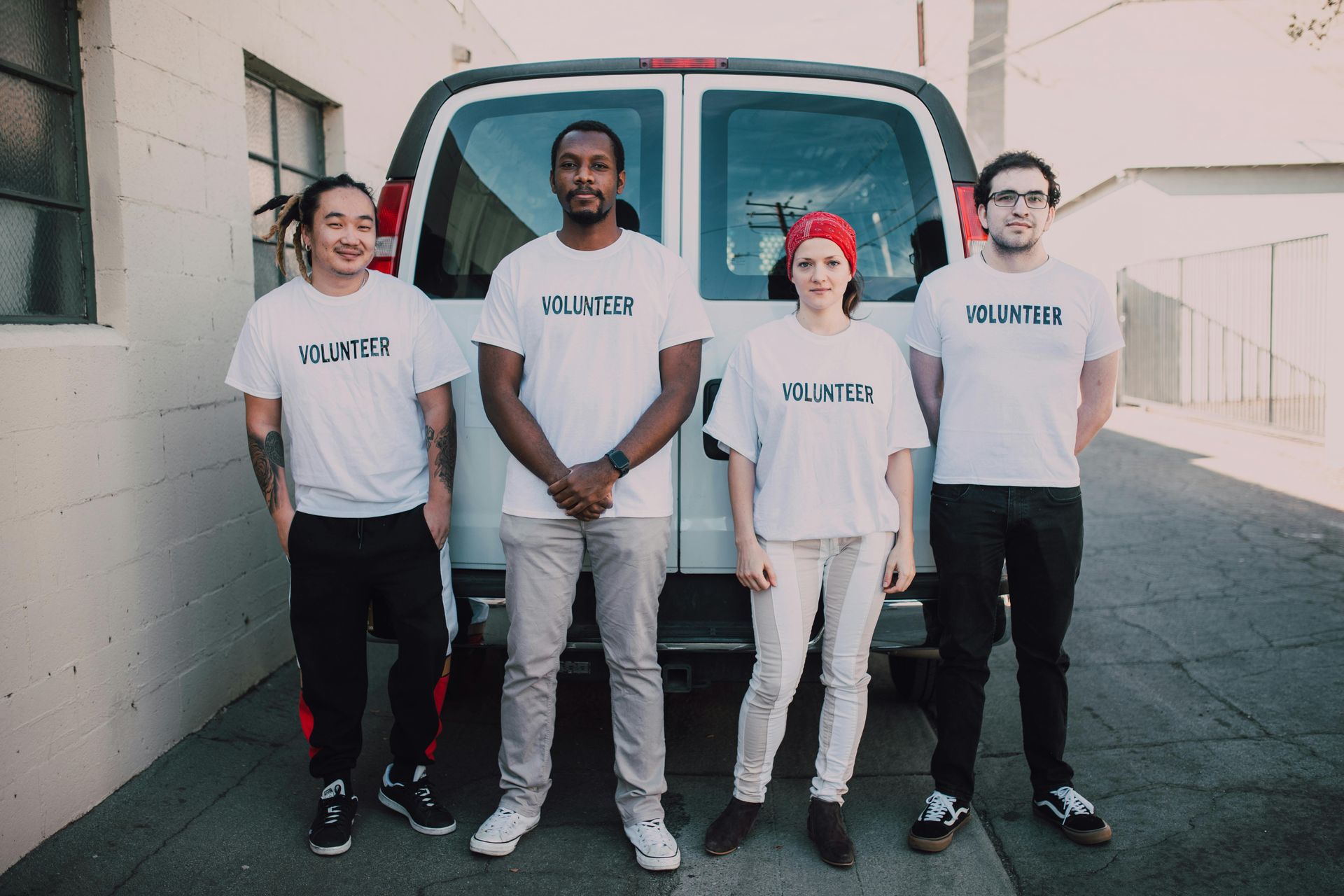Myth #4: Charity & Philanthropy Are The Same Thing (Part 1)
Part of
Myths of Philanthropy
a blog series
Welcome to 2025! It’s not too late to say that, right? 😊
January was full of typical Executive Director stuff. Getting thank you notes out to our supporters, assessing how our programs fared through the holidays, and preparing for what’s to come next.
As I sift through the emails in my Inbox, I am blown away by the momentum that is growing around our work. People both near and far are reacting favorably to what we’re doing and our impact. We are creating a community of people who share our goal of fueling passion and a culture for the arts.
This leads me to the fourth in a five-part series I’m writing about the “Myths of Philanthropy.” You can view the full series HERE.
Myth #4: Charity and Philanthropy are the same thing. (Part 1)
The quickest way I can think of to describe the difference is that a charity solves more immediate needs while philanthropy seeks to promote a positive change over the long term. Both are needed in our world, but they each have very different objectives.
My team is familiar with me using the terms “zooming in” and “zooming out.” (This is not a reference to our video conferencing software!)
A charity, for example, zooms in on a need. It may encompass organizations working to do disaster relief, providing a child with a scholarship, or working to find animals a home. Each of these examples solves an immediate need.
Philanthropy, on the other hand, takes a much longer view. It “zooms out.”
Take, for example, a story circulating about the young man who restored a dilapidated piano at Chicago’s O’Hare International Airport—during a layover! You can read the full story
HERE. Josiah Jackson, known as The Piano Doctor on YouTube, took the initiative to deliver a long-term solution by fixing up this old piano. He’d seen it, took a mental note, and came back to fix it. It might still be sitting—unused, taking up space—if not for Josiah. Instead, it’s now being enjoyed by travelers and even airport personnel who listen to the beautiful instrument on a regular basis.
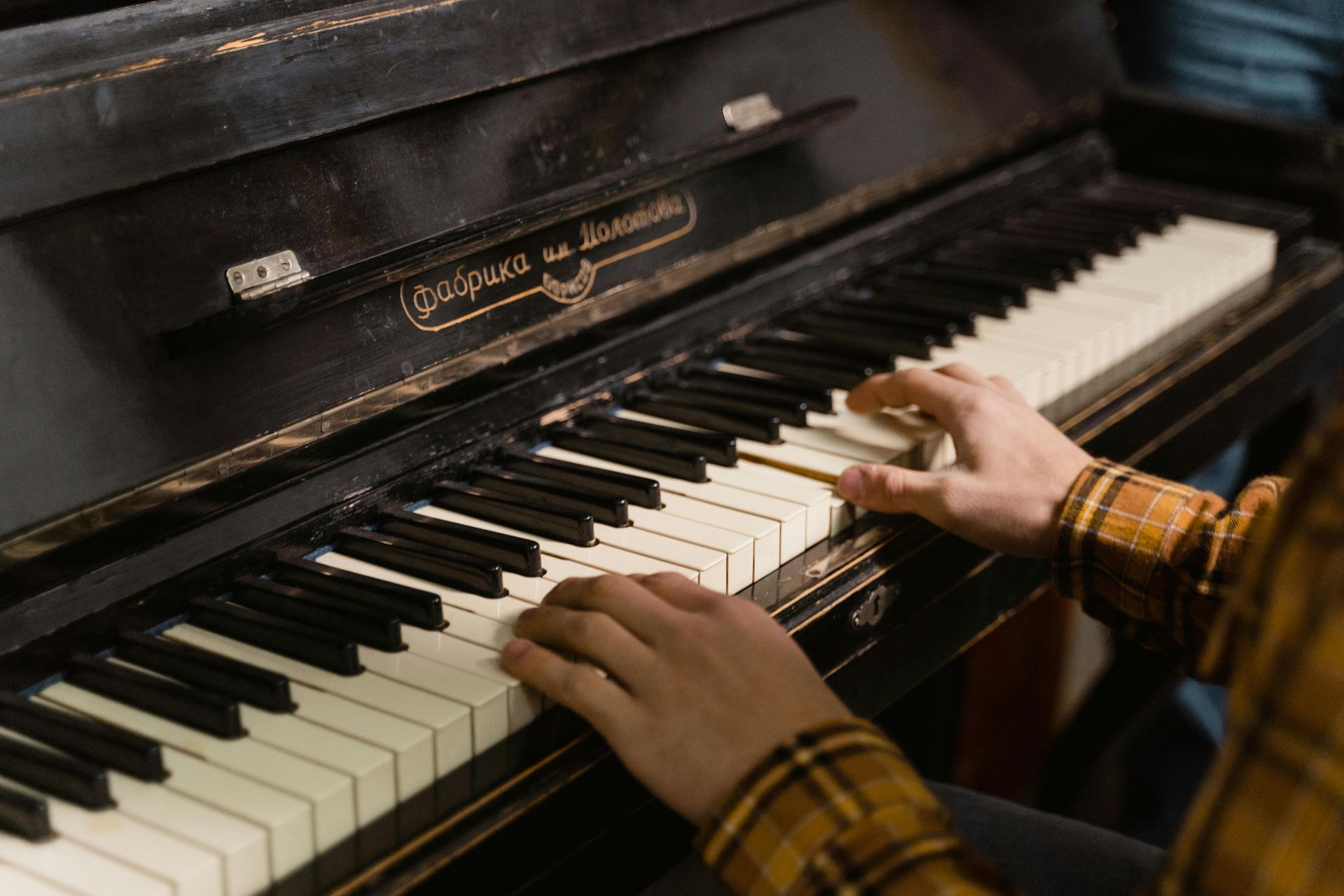
For some perspective, an average of 73.9 million passengers go through O’Hare International every year. He used his time and resources (his own tools!) to fix the issue. It wasn’t a simple, transactional thing. More importantly, he made a commitment THREE YEARS PRIOR to fix the piano and followed through with it. Josiah honed his specialized skill over time, the way any of us can, to positively affect those 73.9 million people.
The neat thing about philanthropy is that just like “being charitable”, you too can be a philanthropist. Any person can give any amount of money or time to a philanthropic organization. What matters is that together, we are in it for the long haul. We are united in our common goal of fueling a passion and a culture for the arts.”
We will talk about how we can do this together in future blog posts. SCF does this now in a variety of ways – some already in place and some coming in the next few years.
In the meantime, I invite you to join us as a philanthropist!
Stay tuned for more on the power of philanthropy in the arts in future blog posts.
Part 2 is coming soon!
I’d love to hear any of your “great moments of philanthropy!” We will share these posts on our own social media pages and would love for you to join in. Not on social media? Email me at lbaehre@sandlercenterfoundation.org.
Lisa Baehre
Executive Director
Sandler Center Foundation

